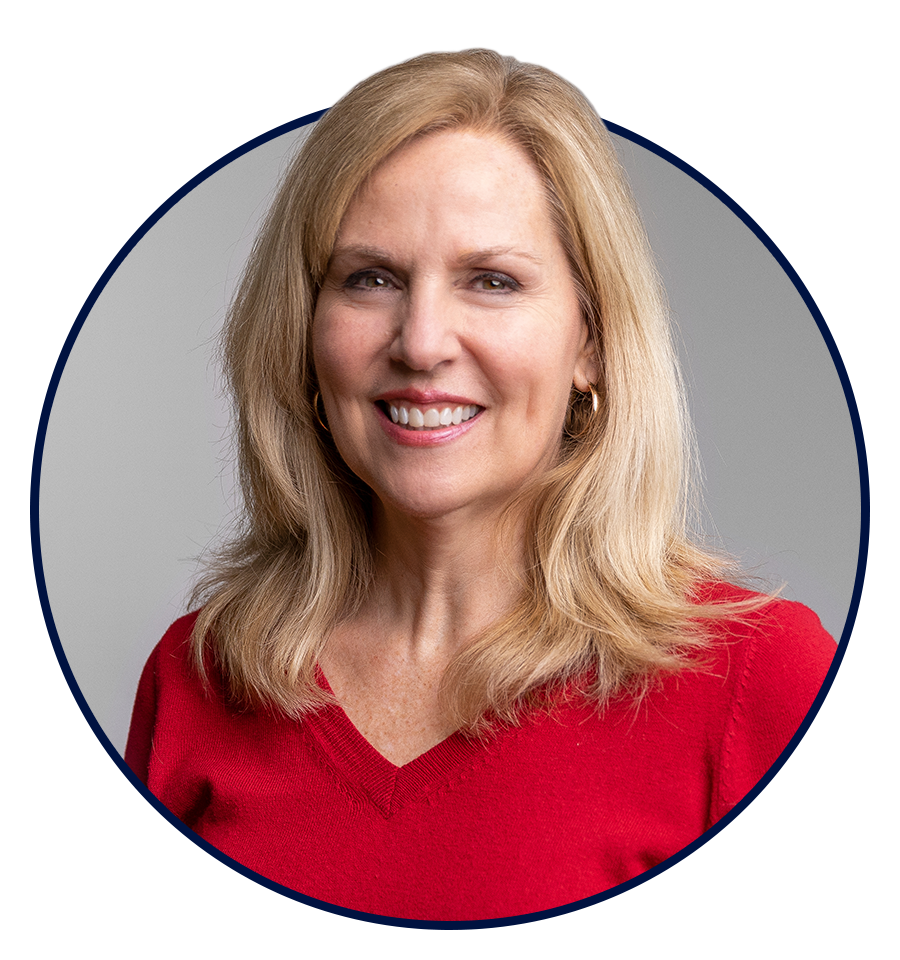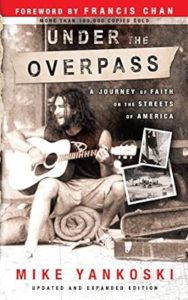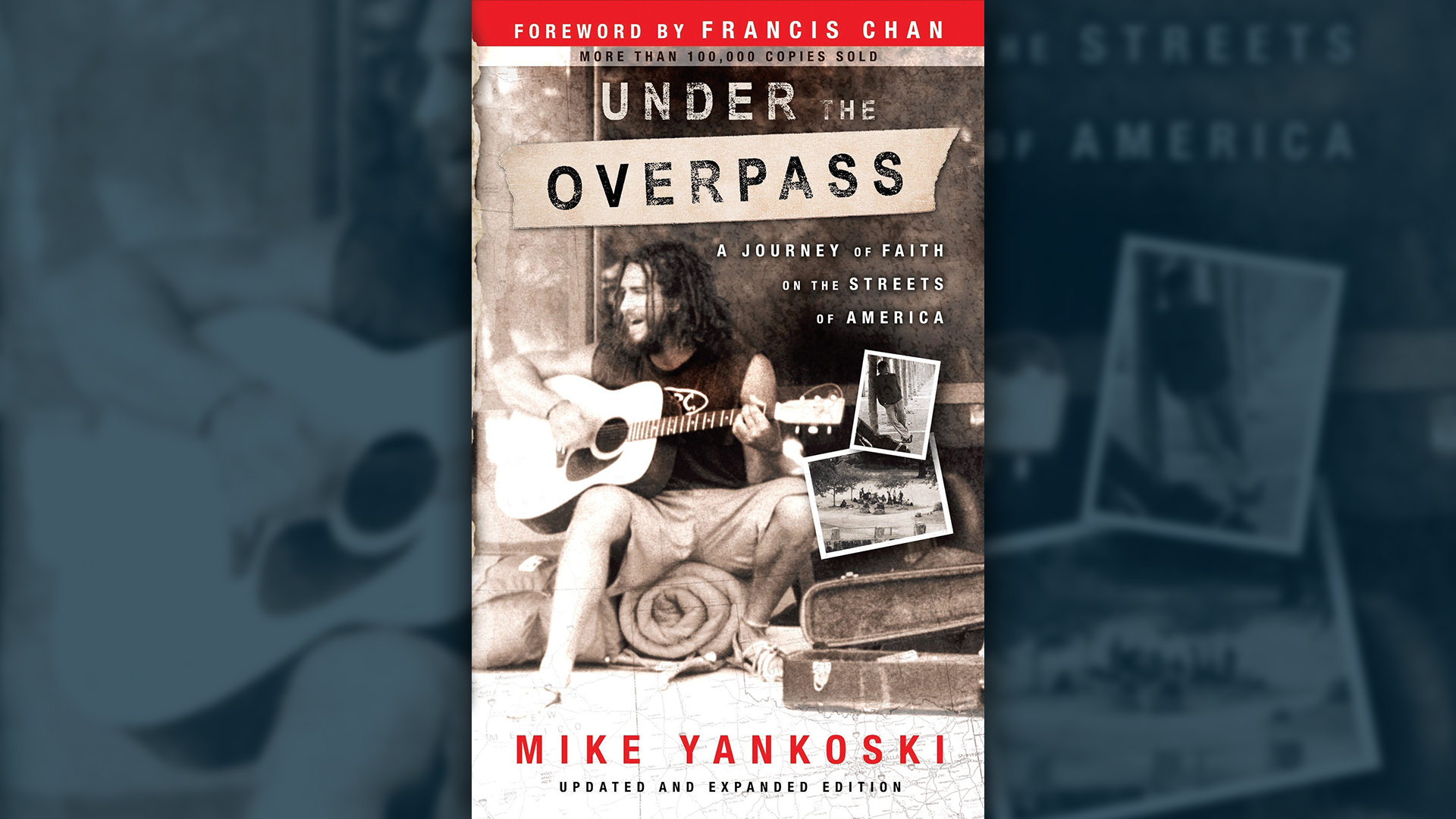Homeless for a Cause: A College Student’s Quest to Conquer His Own Hypocrisy

 Sonya Stearns
Sonya Stearns
Network Membership Manager
Read more from Sonya
Jump to:
The Purpose of the Book | The Perspective | The Key Points | Details We Love | Considerations | Who Should Read This?
In the opening pages of his book Under the Overpass, author Mike Yakoski encourages his readers to “go past the edge with God” as he did when he embarked upon a bold personal experiment of living among the homeless for five months. His documented experiences serve to illuminate the struggles of the homeless in America, to encourage others to actively pursue ministry to them, and to reflect personally on what it means to depend on God for daily needs.
When Mike Yakoski wrote this book, he was an upper-middle class, Christian college student. After hearing a sermon about being the Christian one claims to be, Mike was troubled that, “I had just driven 20 minutes past the world that needed me to be the Christian I say I am, in order to hear a sermon entitled ‘Be the Christian you say you are.’” He recalled the apostle Paul’s pronouncement in Philippians 4:11-12: “I have learned what it means to be content in all circumstances, whether with everything or with nothing.” That Sunday sermon and resulting thoughts propelled Mike to pursue a quest in order to identify with those who had nothing.
Mike informed his bewildered parents, completed extensive field research with those already ministering to the poor, and (wisely) formed a board of advisors. He found a like-minded traveling companion, Sam, and in 2003, after several months of prayer and extensive preparation, the two began their five-month journey through six cities. They took only the bare essentials – no cell phones and no credit cards. They panhandled using the two guitars they brought with them, which were their only material possessions, and traveled from city to city by bus using the hand-outs given to them.
Yankoski structures his narrative according to his interactions with the homeless within the unique cities he and Sam visited. Daily struggles took their toll: Finding food, a place to use the restroom, and a safe place to sleep consumed much of their energy. He describes the elements they battled, acts of kindness that encouraged them, their panhandling successes and failures, the churches they encountered (the good and the bad), and last, but not least, the homeless souls that befriended them. Common themes emerged:
Homeless people are very rarely treated with dignity. Simple eye contact was a prevalent desire of Sam and Mike, especially toward the end of their journey.
Many churches have turned a blind eye and deaf ears to the needs of the homeless. Mike takes care not to defame churches in general, but he does give compelling details about church members’ indifference toward them.
Every city’s homeless community consists of a variety of beautiful people, requiring attention to the different needs of each. Local, targeted solutions are always best when meeting needs.
Mike and Sam gleaned much from their interactions within each city. Below is a sampling of their stories, which led to a deeper understanding and compassion for this “unseen” community.
Note: We believe the stories below reveal the indignity of status quo, handout charity versus empowering, relational charity, which addresses the root causes of poverty. See the end of the article for recommended next steps.
Denver
Mike began his journey by “easing in” at a homeless shelter, consisting mostly of recovering addicts. Sam prepared with another similar work program sponsored by the shelter but in a rural location. Only the main director knew of their quest. Under intense work therapy, Mike made friends with addicts who struggled to make a life change. One stated, “I mean, look at me. I’ve been a coke addict for more than 30 years. That’s not an addiction, it’s a lifestyle.” The same friend went on, “Who do I have on the outside? All my friends are addicts. My landlord was my dealer, and I used to smoke crack with my boss. . . Where am I supposed to go when I want to start over?”
While at the shelter, Mike was encouraged by a Nebraska church youth group. He notes, “Something critical is missing in places that care for the broken and needy if the only people there are also broken and needy.”
Washington, D.C., Portland, and San Francisco
For their first “real” street living experience, Mike and Sam went to the nation’s capital, where they felt the shame of begging, the fruitlessness of their guitar-playing and panhandling, and the frustration of middle-class students, like themselves, condescending to them. In one instance, Mike and Sam were allowed to enjoy an air-conditioned restaurant whereby a small group came together for a Bible study. Upon leaving the restaurant, this group gathered their many leftovers and threw them away, while taking care to avoid eye contact with Sam and Mike, who quickly retrieved the leftovers and ate heartily.
In Portland, Mike discovered the different demographics within homeless communities. While Washington’s consisted mostly of older people and veterans who kept to themselves, Portland’s homeless traveled in groups and most were in their teens and twenties. Mike and Sam regularly battled the elements, struggled to meet basic bodily needs, and quickly learned the unwritten rules of the streets. While here, Mike openly questioned why many churches shun the weak and “sick” sinners, while recruiting the strong but self-interested “well” sinners.
Mike recounted that San Francisco, out of where free love and recreational drugs grew, was crowded with 15,000 loveless, drug-addicted, homeless people. Their fruitless panhandling resulted in severe hunger. They experienced racial divisions, gloomy weather conditions, and the disappointment of standing in line at a shelter with hundreds of others, taking a number, and waiting for hours, only to hear that all beds had been taken. They made friends with many who had mental disorders. “Some didn’t seem to have definite diagnoses to explain what went on in their private mental hells. . . You just know it’s dark in there.” Mike noted his frustration with the lack of concern for the mentally ill, especially.
Phoenix and San Diego
Phoenix’s wide-open geography and extreme heat prohibited travel by foot. They felt the emptiness of having no real community, and their church encounters were disappointing. On one occasion, they visited a megachurch during a concert. They were obviously vagabonds to everyone there, and they were treated as such. Security staff accused Mike of rushing the stage, in an effort to get rid of them. The author sarcastically tells the reader that the whole concert was captured on a beautiful DVD for purchase.
Mike and Sam were in San Diego for only 17 days, but the reader can feel their weariness. Here they met Bob, an elderly, kind, and sickly man whose toes needed amputation, and whose stomach “didn’t work anymore.” The last time they saw him, he was slated to meet his daughter who would take him home to Florida, but they never found out if he made it. They also met an extremely talented musician who traveled on a battery powered wheelchair, “Wheelchair Ronnie,” an elderly man with long white hair. He cursed at everything and everyone in sight, yet, when he played and sang, everyone stopped to listen—and dropped cash into the guitar case—because his performance was show-stopping.
Towards the end of their journey, they again visited a church, where they were invited to a potluck dinner. They were especially refreshed by an older woman named Carla, who was in charge of the event. She announced to everyone that Sam and Mike were her friends, and she made sure they had plenty to eat.
Yankoski understands the value of every individual and that all are created in the imago Dei, or image of God. Every person has abilities; thus, the desire to feel “able” is innate. Mike recounts, “Begging is hard. It’s something you expect hungry dogs to do, but not men and women made in God’s image. The minute you put out your hand, or open your guitar case, it feels like you’re writing ‘failure’ all over yourself. You’re telling everyone, ‘I am unable.’”
Mike also understands that all have a responsibility to care for those who truly cannot help themselves. His personal interactions with the mentally ill remind us that, regardless of a person’s mental state, every human being deserves to be treated with dignity.
Yankoski clearly notes that everyone should give to the homeless in our communities, even though the majority of them suffer from substance abuse (and mental illness). He doesn’t discuss the barriers to this sort of giving, which might appear to support the addicts’ lifestyles. At True Charity, we encourage effective means, and many ways people attempt to help the chronically homeless are counterproductive. We also believe that homeless people suffer from broken relationships, and those broken relationships are usually the root of their maladies. (See the True Charity University Bonding course to learn more.) Yankowski rarely, if ever, breaches the subject of restoring the individuals’ relationships with others.
Although this book conveys lessons from an experience of homelessness, the author was never truly cut off from friends and family. Consequently, Mike’s inferences of what the homeless need in order to escape their situation are not authoritative, but as one who understood only a portion of their plight. He sparks compassion with his excellent re-telling of his story, but he does not go deep enough with effective solutions.
By its cover, some might judge this book as one carefree college student’s uninformed attempt to shed light on a very complex situation. That is not the case. Mike’s thoughtful research and counsel prepared him to respond with wisdom well beyond his years. His heartfelt and thorough accounts will be enlightening to anyone. People who have never become acquainted with those in homelessness, but desire to serve them, will particularly find this title beneficial. New volunteers and staff for homeless shelters, churches, and other organizations that serve the homeless community might consider using Under the Overpass as a training resource.
The stories in Under the Overpass certainly enlighten us to the problems of continuing the status quo of handout charity. But, how do we implement charitable practices that result in actually overcoming poverty?
Take the next step in practicing effective charitable:
- Complete the 7 Marks of Effective Charity course series on True Charity University, our online learning platform. The first two courses can be taken at no cost!
- Learn more about the True Charity Network, an association of like-minded organizations that serve people in poverty through resources that help to learn, network, and advocate.
 Under the Overpass can be purchased at Amazon. If you purchase the book through this link, True Charity will earn a small amount as an Amazon Associate
Under the Overpass can be purchased at Amazon. If you purchase the book through this link, True Charity will earn a small amount as an Amazon Associate

This article is just the tip of the iceberg for the practical resources available through the True Charity Network. Check out all of the ways the network can help you learn, connect, and influence here.
Already a member? Access your resources in the member portal.


